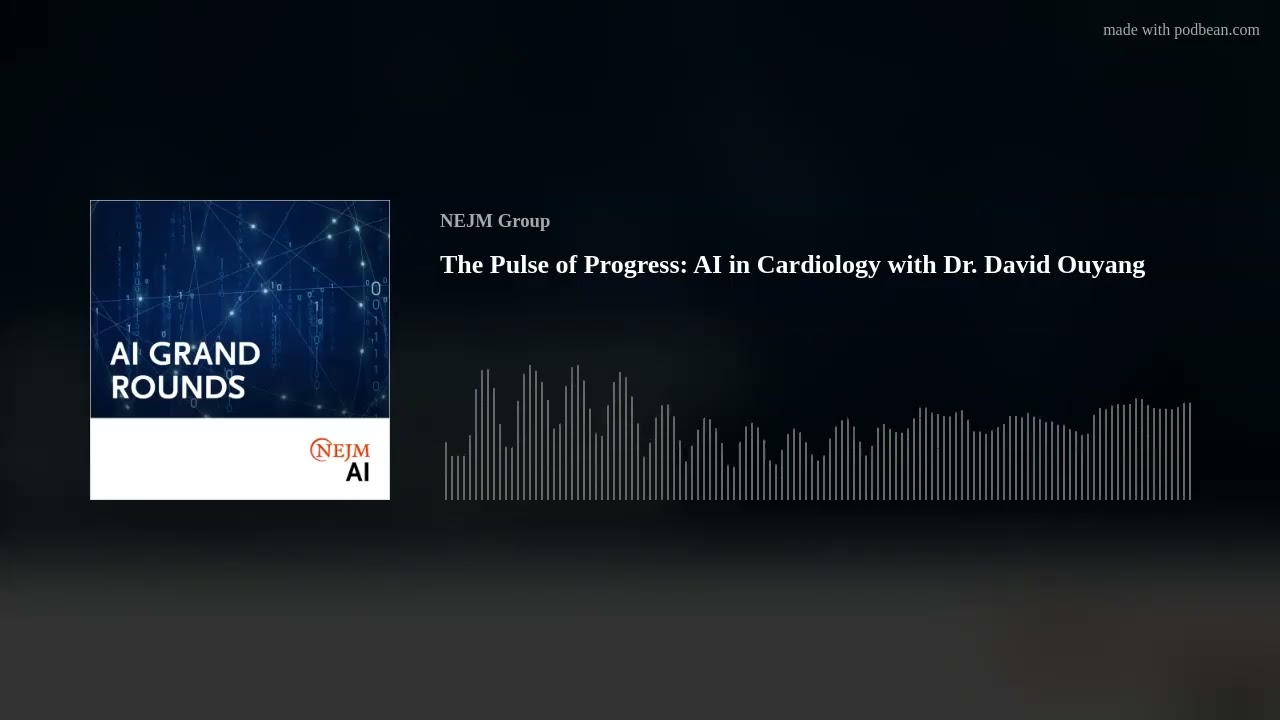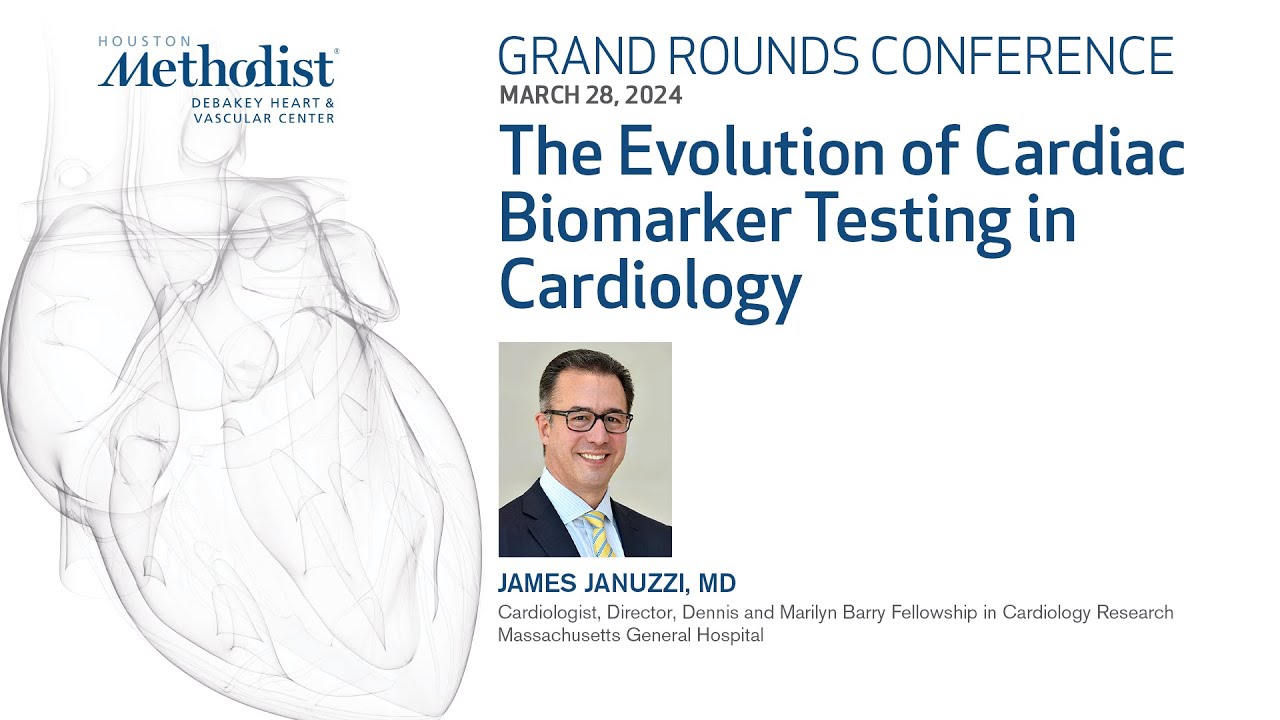NEW YORK (Reuters Health) – Individuals over 60 years of age found to have a heart rate less than 55 bpm without symptoms are note very likely to require a pacemaker in subsequent years. Furthermore, mortality rates may be lower in such patients than in subjects with a normal heart rate, according to a report in the American Journal of Cardiology online July 15.
“Asymptomatic bradycardia has no adverse impact on all-cause mortality and may even be protective,” the authors suggest.
Dr. Jeffrey J. Goldberger, with the Feinberg School of Medicine at Northwestern University in Chicago, Illinois, and colleagues started with the idea that bradycardia may be more significant in older patients than in younger individuals because it could indicate cardiac or conduction system disorders, but there have been no studies of the clinical significance of bradycardia in older patients not requiring urgent pacemaker implantation.
To look into this topic, the team identified 470 outpatients over 60 years old seen at Northwestern with a heart rate <55 bpm but without the need for a pacemaker, and matched them to 2090 outpatients with a heart rate between 60 and 70 bpm. They were followed for an average of 7.2 years.
In the first 4 years of follow-up, rates of pacemaker implantation were the same in both groups; thereafter, the incidence increased in the bradycardia group with cumulative rates of 9% versus 5% in the control group over the study period.
Still, the investigators point out, “Older patients with asymptomatic bradycardia have a very low rate of pacemaker implantation, annualized to <1% per year.”
Mortality in the bradycardia group was no higher than in the control group on univariate analysis (hazard ratio 0.87, p=0.130), but was lower on multivariate analysis (hazard ratio 0.78, p=0.010), the team found.
They point out that physically fit individuals have lower heart rates than unfit subjects and this could be one explanation for the apparent protective effect of bradycardia in this study.
“Overall,” Dr. Goldberger and colleagues conclude, “in the older outpatient population studied in the present cohort, the population effect of low heart rate on mortality was neutral to possibly beneficial.”
Reference:
Significance of Asymptomatic Bradycardia for Subsequent Pacemaker Implantation and Mortality in Patients >60 Years of Age
Am J Cardiol 2011.






